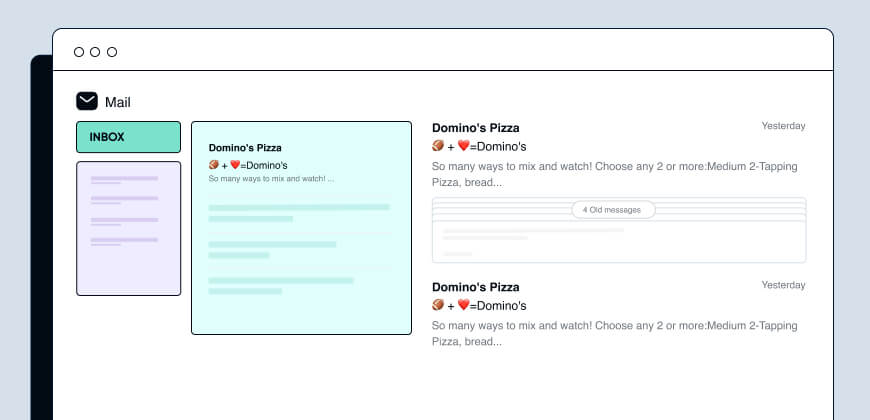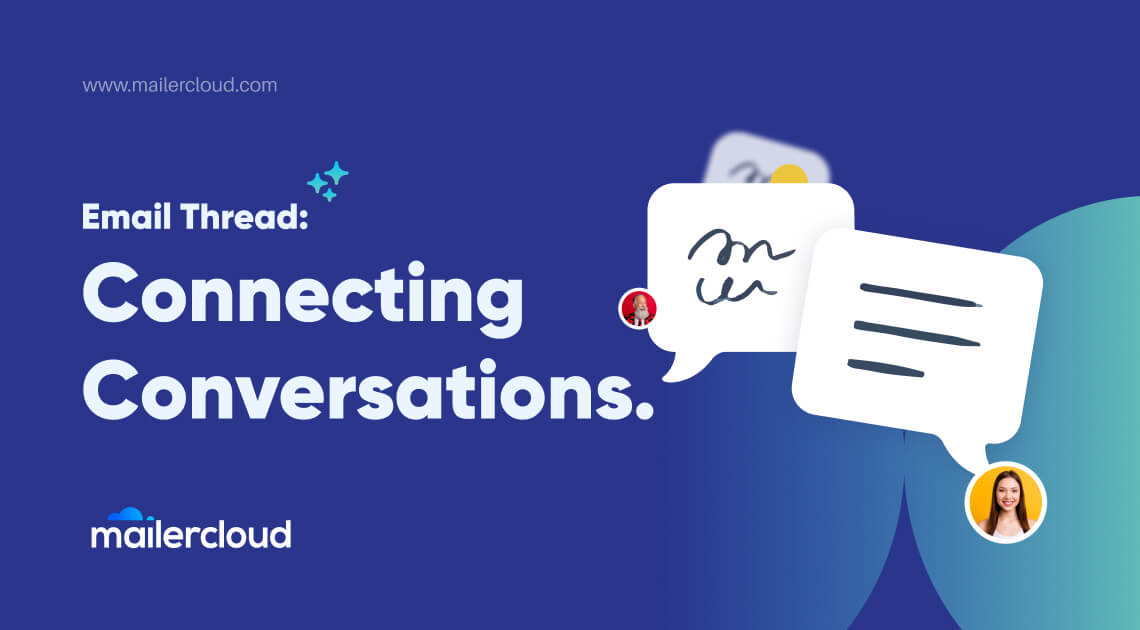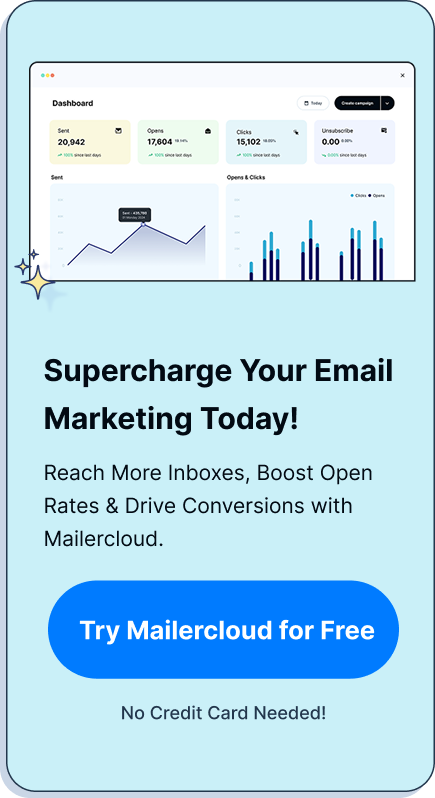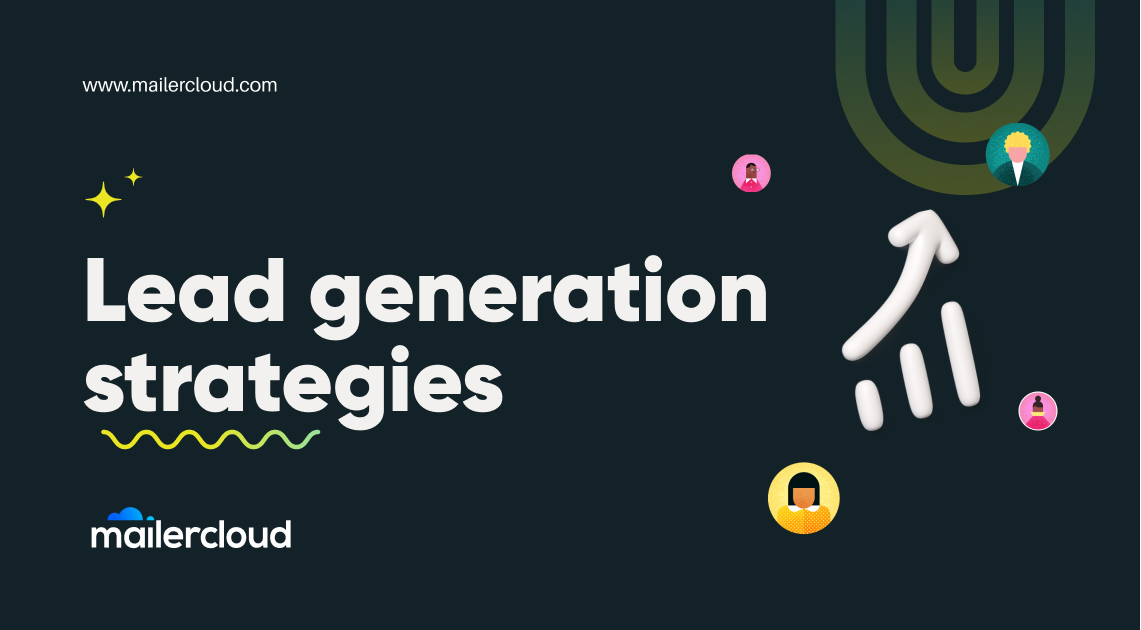In today’s digital age, email remains a cornerstone of both personal and professional communication. However, as email conversations grow, managing them efficiently becomes challenging. Email threads, also known as email chains, provide an organized way to keep related emails together, enabling easier collaboration and maintaining clarity in conversations. In this article, we will explore best practices for using email threads to streamline your email communication and manage your inbox effectively.
Table of Contents
Understanding Email Threads

What is an Email Thread?
An email thread is a sequence of messages in an email conversation where multiple related emails are grouped together under one subject line. Each reply builds upon the original email and the series of messages and replies that follow, allowing you to view related email messages in one place. Email threads allow recipients to keep track of the entire conversation without jumping between different emails.
In email clients like Gmail and Outlook, the thread groups all replies and forwards into a single view. This format turns the thread into a chat-like conversation that’s easy to follow and manage. Email threads can help you stay organized by grouping emails in one cohesive view, reducing the need to search through scattered emails.
Benefits of Using Email Threads
Email threads come with numerous advantages. They streamline email conversations and improve effective email communication by keeping related emails organized:
- Reduced Clutter: With all related email messages in a single thread, it’s easier to avoid inbox clutter.
- Contextual Flow: Since each email message builds on the previous email in a chronological sequence, it’s easy to follow the context and communicate with customers or team members.
- Time Efficiency: Threads reduce the time spent searching for specific discussions, making it easier to find information within the thread.
Enable Email Threads
Most email clients support email threading, often turned on by default in popular services like Gmail and Outlook. When you enable email threads, all emails grouped together by subject appear in a single email thread. If using a different client, check settings to ensure threading is enabled, making it easier to keep a proper email thread in your inbox.
Best Practices for Managing Email Threads
Email Etiquette in threads is key to maintaining clear and organized communication. Here are some best practices for managing email threads:
- Be Mindful of “Reply All”: Use “Reply All” carefully to avoid overwhelming recipients with multiple responses.
- Use a Descriptive Subject Line: A clear email subject line helps recipients instantly understand the topic. When a conversation diverges into a new topic, it’s best to start a new email thread.
- Stay on Topic in the Thread: Avoid discussing unrelated matters within a thread to keep the conversation focused. Instead, send a new email to address any new topics.
- Trim the Email Body: When replying within a thread, remove irrelevant content from the email body to keep the message concise and clear.
- Use CC and BCC Wisely: Only include relevant people in CC to prevent overcrowding and unnecessary notifications.
Using an Email Thread Effectively
To use an email thread effectively, employ tools like “Reply,” “Forward,” and “Archive.” This keeps your email account organized and conversations on-topic, especially in long email strings. If you need to reference a specific email in the thread, quote relevant parts to provide context for your response.
Threading Options in Popular Email Clients
Popular clients like Gmail and Outlook offer threading options that improve email management:
- Gmail: Presents emails in one conversation view, enabling a series of messages to appear in a continuous flow.
- Outlook: Similar to Gmail, Outlook organizes emails in a conversation view, grouping series of related emails for easy tracking.
These email threading tools support an organized way of handling sequence of emails within a thread to communicate more effectively.
Troubleshooting Email Threads
Soetimes, threads may split if the email subject line changes, or they may not appear as expected. Refresh your inbox or check settings if threads don’t organize correctly. Threads help by providing a chronological sequence of messages but may require troubleshooting in case of misgrouped emails.
Email Thread Etiquette
Following email etiquette in threads ensures a seamless and professional experience:
- Reply Promptly: To keep the thread active and prevent delays, respond within a reasonable timeframe.
- Limit Recipients: Avoid using “Reply All” unless everyone needs to be included.
- Format Messages Clearly: Use paragraphs to enhance readability.
- Reference Important Points: Mention key details from previous emails to keep the conversation consistent.
Conclusion: Master Your Email Communication
Mastering the use of email threads can make email communication more organized and productive. By following best practices for managing threads, using descriptive subject lines, and maintaining clear email conversations, you can maximize the efficiency of your inbox. Learning how to manage threads helps you stay on top of email communication, creating a more organized space for important messages and replies.
Bullet Point Summary:
- Email threads allow a cohesive view of related messages in one email.
- Benefits include improved productivity, time savings, and reduced clutter.
- Enable threading in your client and follow best practices for clarity.
- Use clear email subject lines, trim excess content, and avoid excessive CC or BCC.
- Start new threads for new topics, and use tools like “Reply” and “Forward” wisely.
- Troubleshoot issues if emails are not grouped together as expected.
As a Marketing Director, I develop and implement marketing strategies, conduct market research, and manage a team of marketing professionals. With a successful track record of launching campaigns that drive revenue growth, I bring my marketing expertise to blog writing, creating engaging content that promotes the brand and its products/services.

































